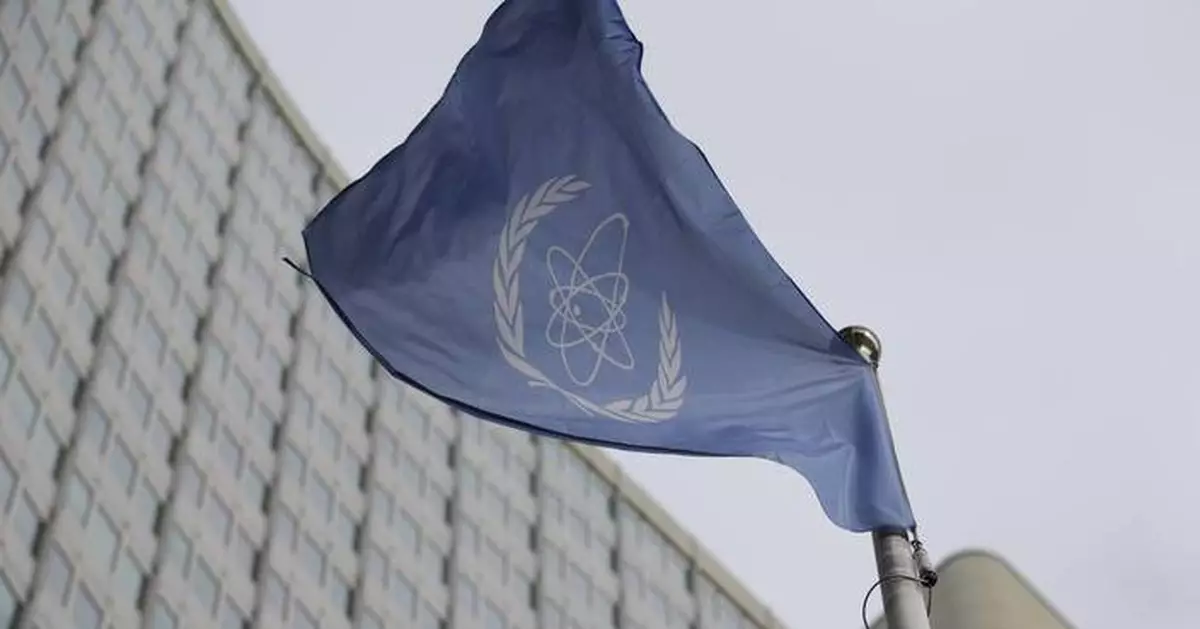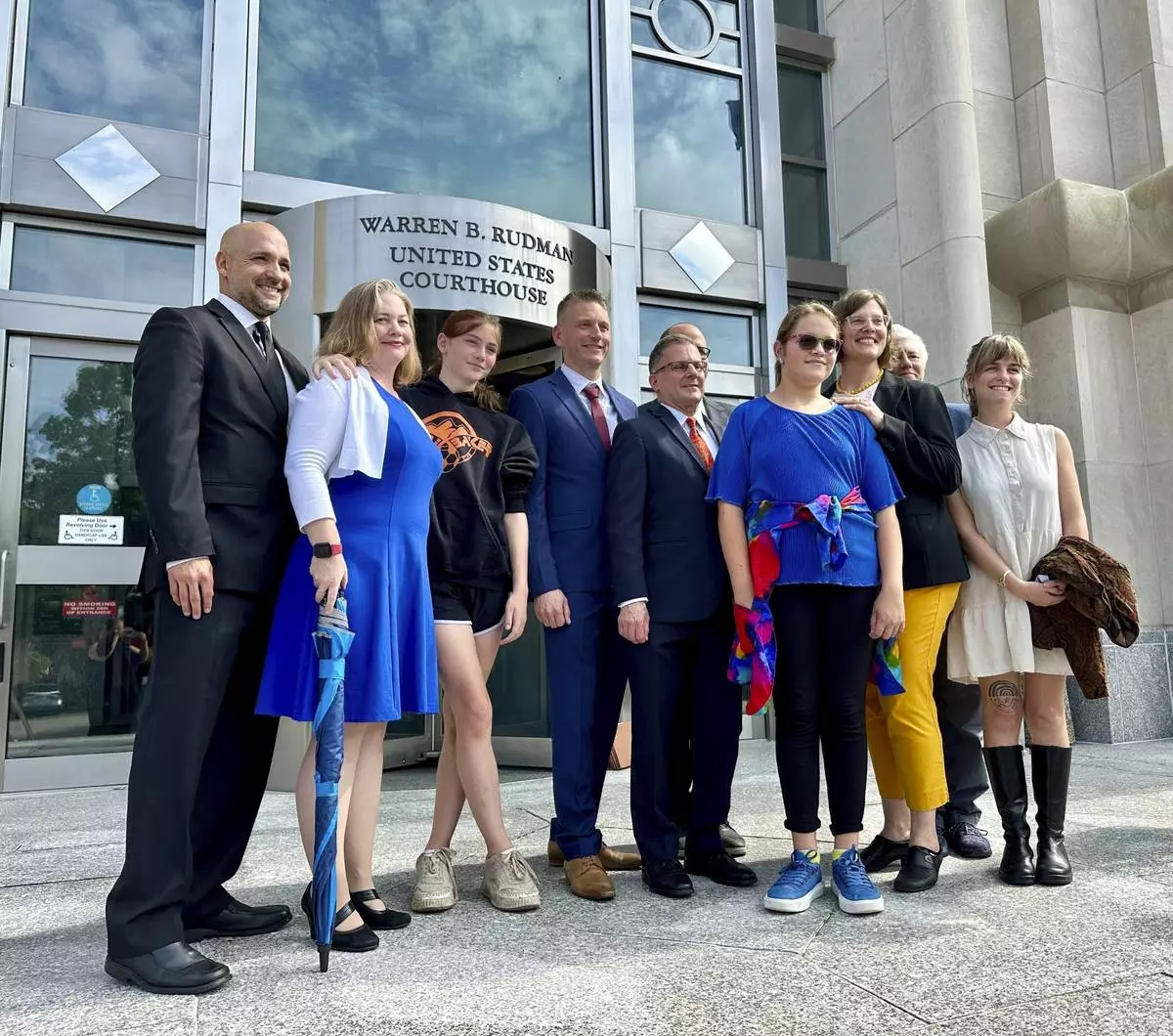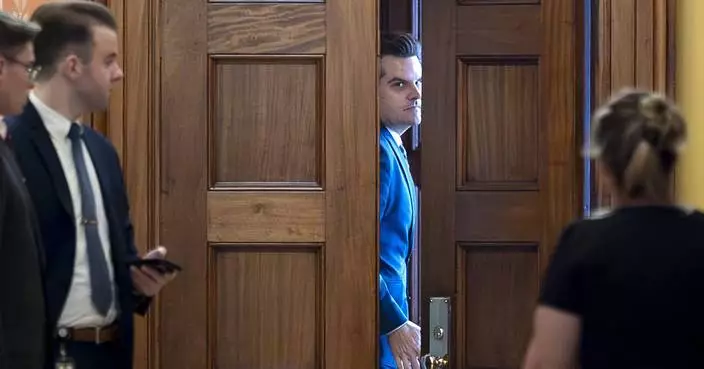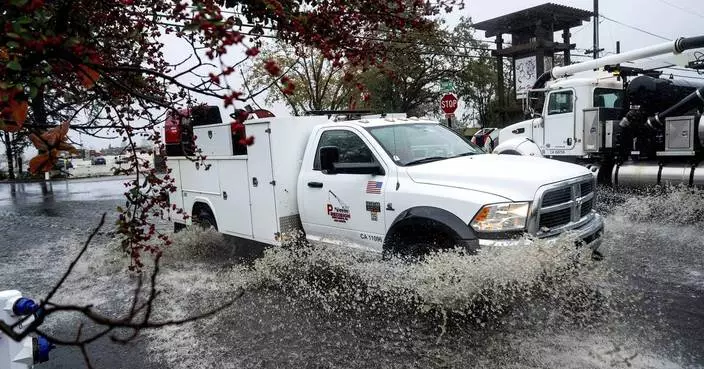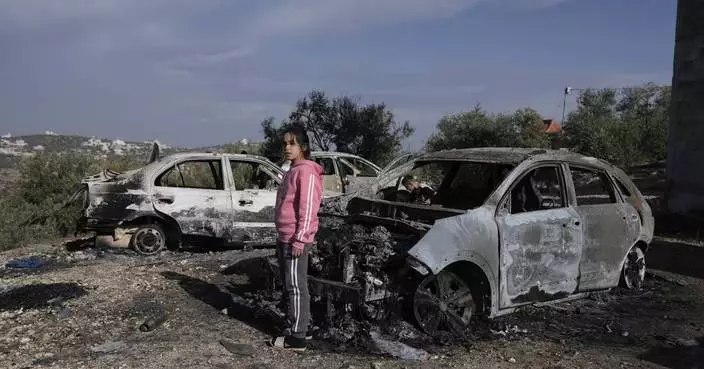VIENNA (AP) — The U.N. nuclear watchdog’s board on Thursday condemned Iran for failing to cooperate fully with the agency, the second time it has done so in just five months.
The International Atomic Energy Agency also called on Tehran to provide answers in a long-running investigation into uranium particles found at two locations that Tehran has failed to declare as nuclear sites.
Nineteen members of the IAEA board voted for the resolution, while Russia, China and Burkina Faso opposed it, and 12 abstained and one did not vote, according to diplomats who spoke on condition of anonymity to describe the outcome of the closed-doors vote.
The resolution was put forward by France, Germany and Britain, supported by the United States. It comes at a critical time, ahead of Donald Trump’s return to the White House.
Trump’s first term in office was marked by a particularly tense period with Iran, when the U.S. president pursued a policy of “maximum pressure” against Tehran. In 2018, Trump unilaterally withdrew America from Iran’s nuclear deal with world powers, and imposed even harsher sanctions that have since hobbled Iran's economy further.
The resolution comes on the heels of a confidential report earlier this week in which the IAEA said Iran has defied international demands to rein in its nuclear program and has increased its stockpile of uranium enriched to near weapons-grade levels.
That report, seen by the AP on Tuesday, said that as of Oct. 26, Iran has accumulated 182.3 kilograms (401.9 pounds) of uranium enriched up to 60%, an increase of 17.6 kilograms (38.8 pounds) since the last IAEA report in August. Uranium enriched at 60% purity is just a short, technical step away from weapons-grade levels of 90%.
The resolution approved on Thursday requires the IAEA to now produce a “comprehensive and updated assessment” of Iran’s nuclear activities, which could eventually trigger a referral to the U.N. Security Council to consider more sanctions on Tehran.
In a joint statement issued after the approval of the resolution, the Atomic Energy Organization of Iran and the Iranian foreign ministry condemned the passing of the resolution, saying that Iran’s nuclear chief Mohammad Eslami has issued orders to launch new and advanced centrifuges, powerful machines that spin rapidly to enrich uranium.
In the past, the IAEA has named two locations near Tehran — Varamin and Turquzabad — where there have been traces of processed uranium, according to IAEA inspectors. Thursday’s resolution honed in on those locations, asking Tehran to provide “technically credible explanations” for the presence of the uranium particles at the sites."
The IAEA has urged Iran to also provide answers about the origin and current location of that nuclear material in order for it “to be in a position to provide assurance that Iran’s nuclear program is exclusively peaceful.”
Western officials suspect that the uranium traces discovered by the IAEA could provide evidence that Iran had a secret nuclear weapons program until at least 2003. Tehran insists its program is peaceful.
One of the sites became known publicly in 2018 after Israeli Prime Minister Benjamin Netanyahu revealed it at the United Nations and called it a clandestine nuclear warehouse hidden at a rug-cleaning plant.
Iran denied that, though IAEA inspectors later found the man-made uranium particles there.
While the number of sites about which the IAEA has questions has been reduced from four to two since 2019, lingering questions have been a persistent source of tensions.
On the subject of Varamin, the IAEA said that inspectors believe Iran used the site from 1999 until 2003 as a pilot project to process uranium ore and convert it into a gas form, which then can be enriched through spinning in a centrifuge. The IAEA said buildings at the site had been demolished in 2004.
Turquzabad, the second location, is where the IAEA believes Iran brought some of the material from Varamin amid the demolition, though it said that alone cannot “explain the presence of the multiple types of isotopically altered particles” found there.
Thursday’s resolution before the 35-member board at the IAEA headquarters in Vienna, called on Tehran to explain the presence of the uranium particles at Varamin and Turquzabad, inform the U.N. nuclear watchdog about the current whereabouts of that nuclear material, and grant access to IAEA inspectors to all Iranian nuclear locations.
A draft of the resolution was seen by the AP.
Tehran continues to maintain that its nuclear program is solely for peaceful purposes and has told the IAEA that it has declared all of the nuclear material, activities and locations required under a so-called Safeguard Agreement it has with the IAEA.
Iranian officials have vowed to retaliate immediately if a resolution is passed. In the past, Tehran has responded to IAEA resolutions by stepping up its nuclear activities.
The resolution also requires IAEA director general Rafael Grossi to provide an updated assessment of Iran’s nuclear program — including the possible presence of undeclared nuclear material at the two locations — by spring 2025 at the latest.
The assessment could be a basis for possible further steps by European nations, diplomats said, leading to potential escalation in tensions between Iran and the West. It could also provide a basis for European countries to trigger sanctions against Iran ahead of October 2025, when the original 2015 Iran nuclear deal expires, the diplomats said.
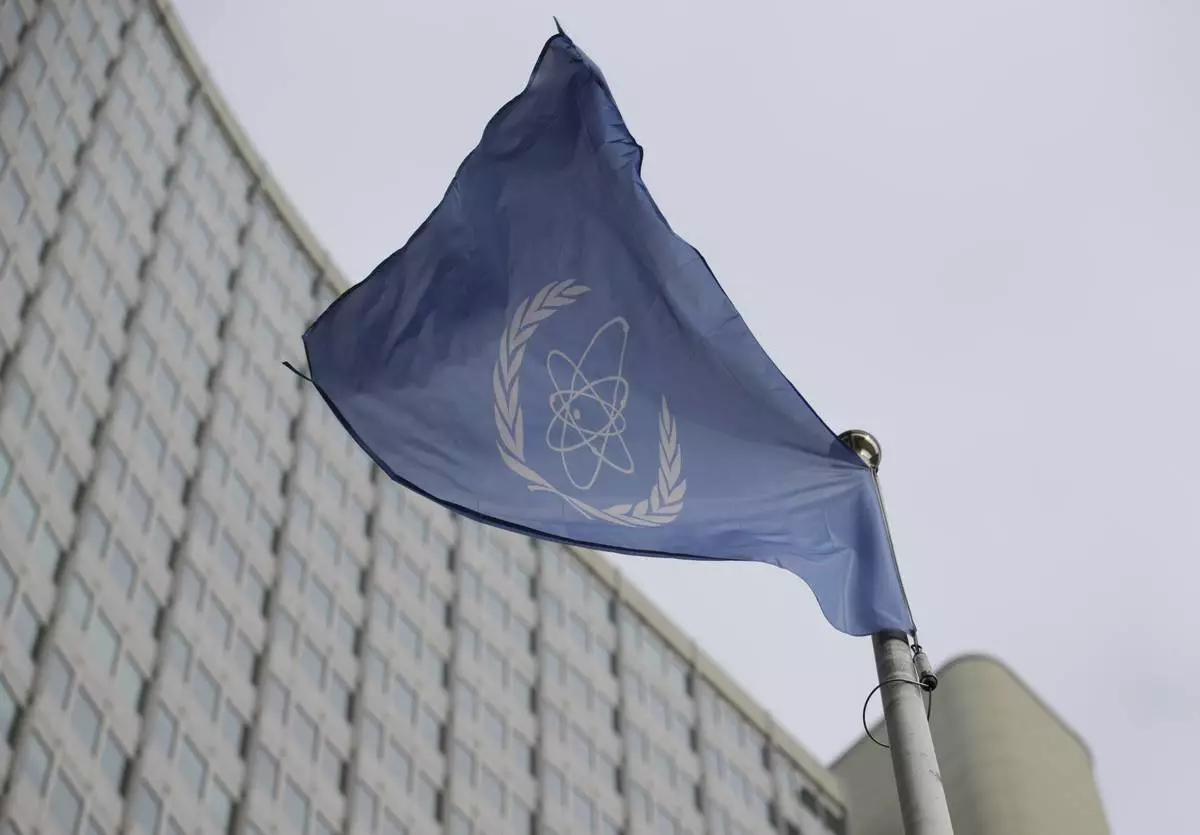
FILE - The flag of the International Atomic Energy Agency flies in front of its headquarters during an IAEA Board of Governors meeting in Vienna, Austria, on Feb. 6, 2023. (AP Photo/Heinz-Peter Bader, File)


